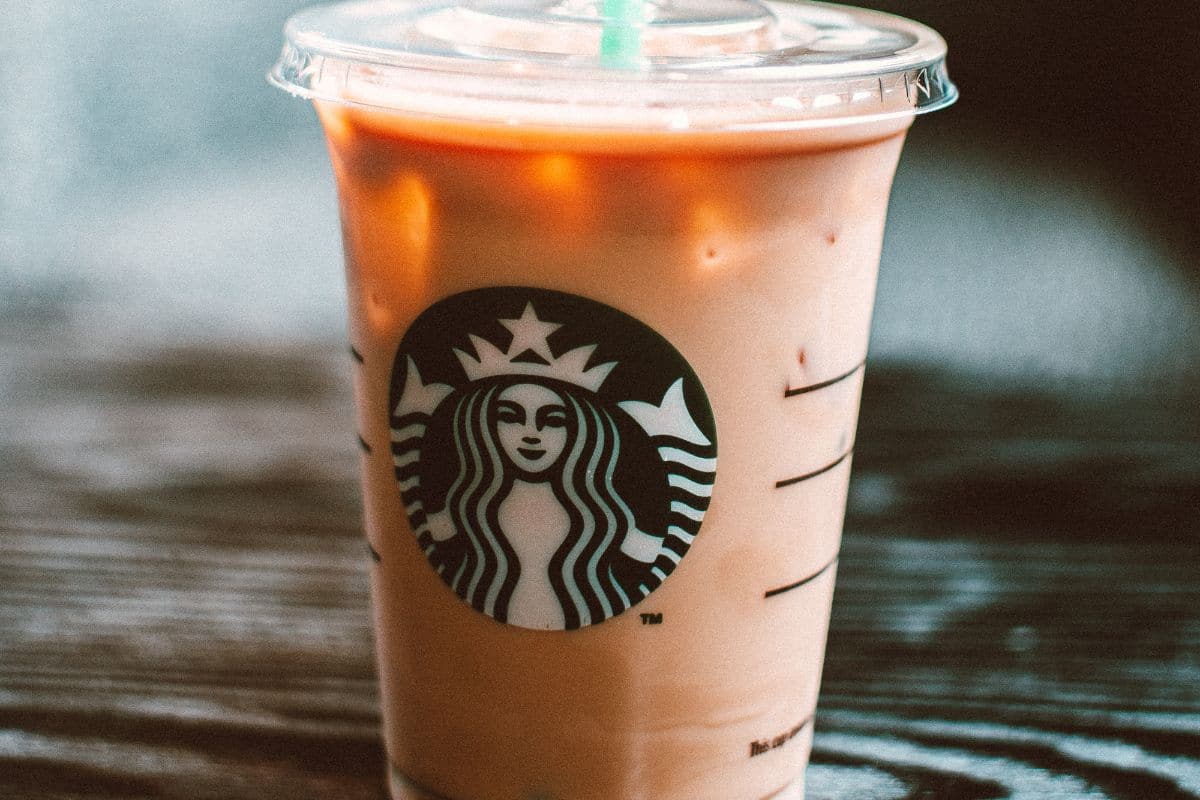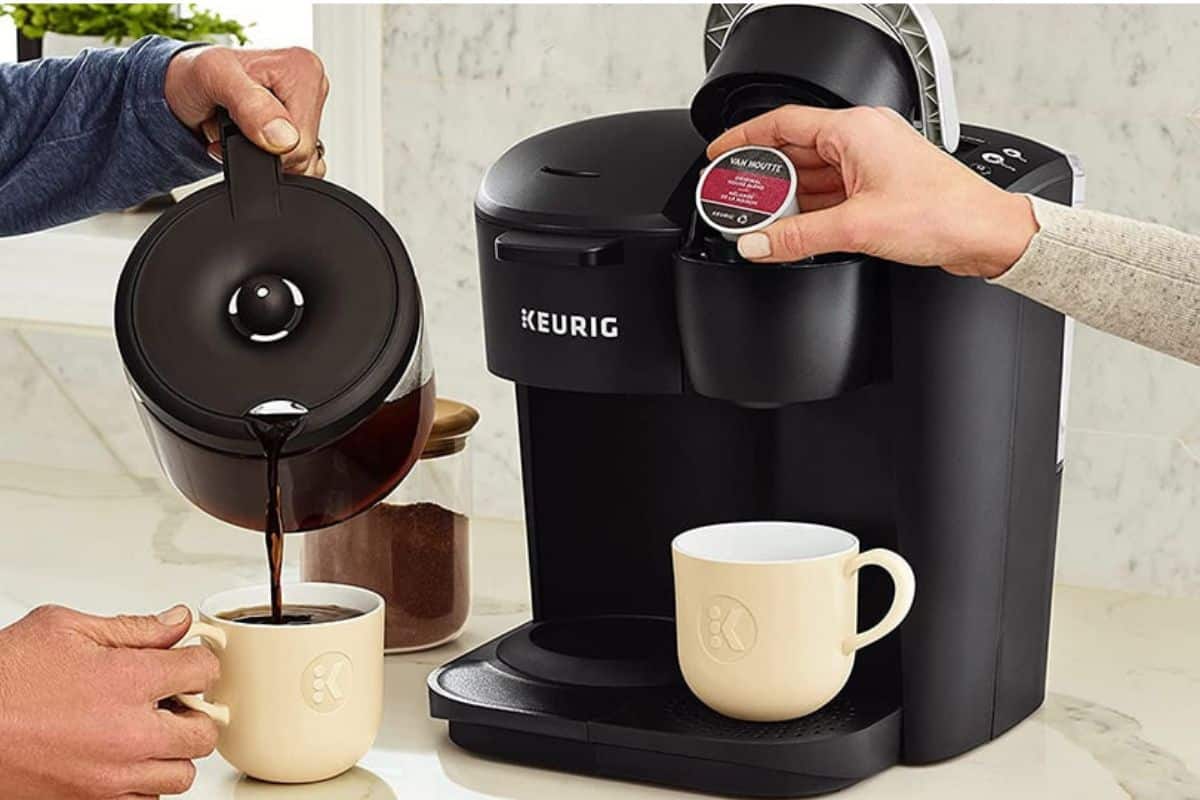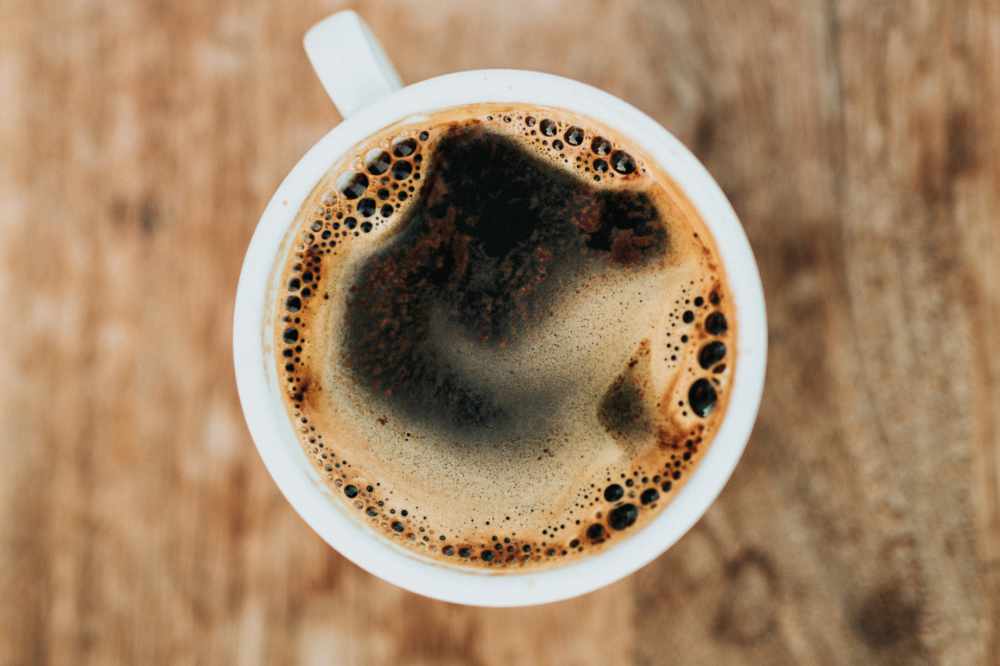The great debate continues. You’ve probably seen them both right? You get the white coffee filters that are standard everywhere, the most common choice. Then you sometimes see brown filters, maybe in an independent coffee shop, maybe at the grocery store and you start to wonder…
Is there any difference between brown filters and white filters?
White coffee filters have been bleached either chemically or using an oxygen bleaching process, to turn them white from paper’s natural brown color. Meanwhile, brown filters are made from unbleached paper that have been washed.
As for which is better? There’s not a huge difference for your average coffee drinker, some people say brown filters leave a papery taste but to get rid of that you’ve just got to rinse it with water first. But I do believe having a minimal amount of chlorine-bleached anything coming into contact with your coffee can only be a good thing.
Apart from that, there are a few things to look out for when you’re choosing which filter you want to go with for your coffee.
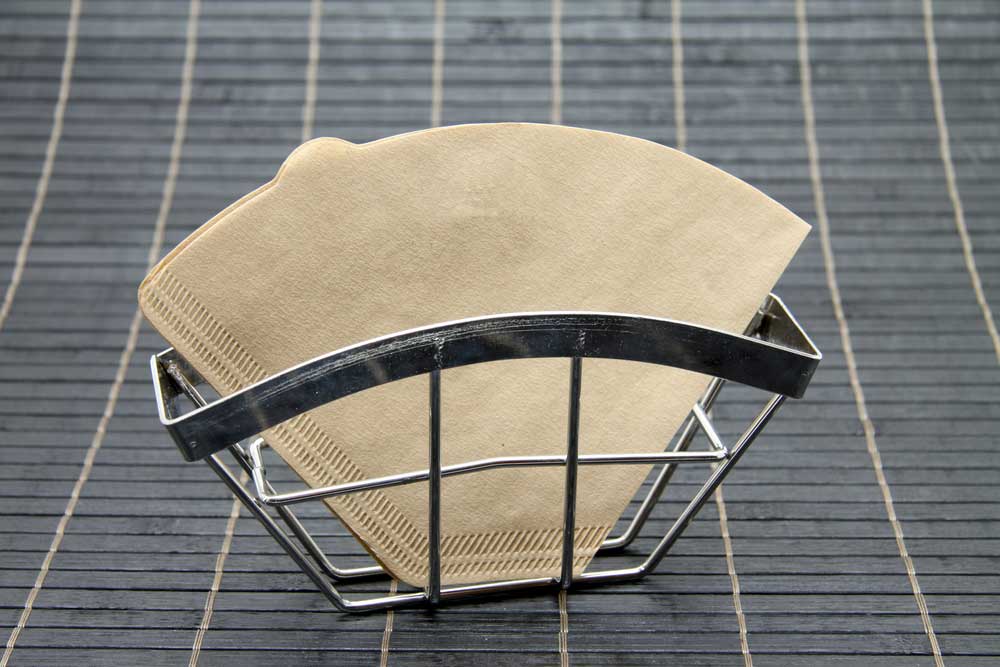
Brown Paper Filters/Unbleached Coffee Filters Explained
Brown paper filters are unbleached, or at least they should be, because some companies are sneaky and bleach their filters white then dye them brown after so they can charge more and call them organic.
Not good.
If you’re going with a brown paper filter then you’re going to want to make sure it says “unbleached” somewhere on the packaging or the manufacturer’s website, all the big coffee brands make high-quality brown filters but it’s something to be aware of if you’ve found brown filters that are far cheaper than you’d expect.
Now before you use a brown filter you’re going to want to rinse it out with water before you use it. Not only does this get it completely clean but it also eliminates the papery taste that it can leave behind. Don’t believe me? Rinse out a brown filter then drink the wash-water next to some regular water, then tell me if you can taste the difference. I bet you can!
This is also why coffee in a paper cup tastes strange, it’s not necessarily cheap coffee (although I’m sure that doesn’t help) it’s the paper getting in and changing the taste.
Depending on the type of coffee maker this can also help it sit better so that you get an even pour across the coffee grounds resulting in a nice balanced cup that’s perfectly extracted all the flavor from the coffee.
If you want to go for the original then you’ll want a Melitta coffee filter, they were the first company to offer unbleached filters, they were also the first company to bleach white filters using non-chlorine methods which brings us to the next section…
White Coffee Filters/Bleached Coffee Filters Explained
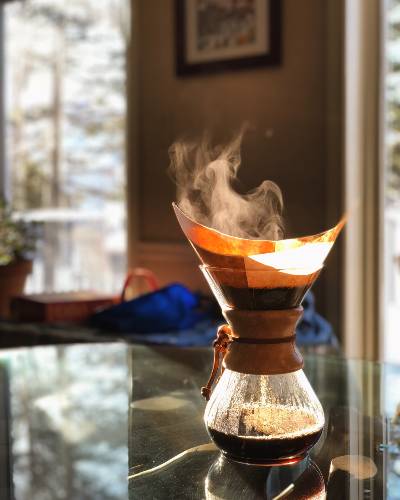
White coffee filters are bleached using either chlorine or an oxygen bleach manufacturing process, no surprise which one is better right? Oxygen bleach of course!
All paper is brown in its natural form so even printer paper that’s white has been bleached somehow.
While the small amount of chlorine used isn’t supposed to affect the taste of the coffee, and such a small amount of it is used it should be fine. But in my mind, no chlorine near your food and drink must be better than any amount no matter how small.
The reason people still use a chlorine system is that it can be costly to upgrade to an oxygen-based system, so companies already using a chlorine system are going to stick to it. Fortunately, it’s becoming less and less common.
And although the amount per filter will be small, the amount used in the factory will not be when they’re bleaching thousands of filters, and there has to be some sort of off-gassing or even spillage that releases the chlorine into the environment.
So how can you tell which process has been used on your filters? Unfortunately with the naked eye you can’t, you’ll need to go to the manufacturer or look for some sort of indication on the box that states what bleaching method they use on their filters.
Or of course swap from a bleached filter to a brown paper filter.
Does The Filter Affect The Taste?
Some people don’t think so and think that any ol’ filter would do. But if you’re looking to up your coffee game then filters are a good inexpensive place to start. For instance, you can make side-by-side comparisons of brown filtered coffee and white filtered coffee to see if you can taste a difference.
Apart from that other types of filter will certainly taste different, be it a cloth filter, a plastic filter or a metal filter like you’d find in a french press. The material type makes more of a difference because it affects what oils and sediment are caught before releasing the coffee into the cup leaving you with a different taste.
For instance, paper filters trap a lot of the oil that gets released from the beans, that’s why when you use a french press you can see a slightly oily sheen on top of the cup. But this oiliness leads you to slightly different flavors but it also gives it a more “buttery” feel in the mouth which I personally love.
The big advantage of paper filters? Well, they’re easy, they’re diverse, cloth filters, for instance, have to be boiled before first use, stored in water in the fridge between uses, and then boiled every so often to keep them clean. Or you can take a new paper filter out of the box.
But it’s up to you, filters are fairly inexpensive so you can buy a few different types and test them out yourself to see which you like better. The differences between brands of brown filter are minimal, very cheap ones might be too thin and rip but the coffee at the end will taste pretty much the same.
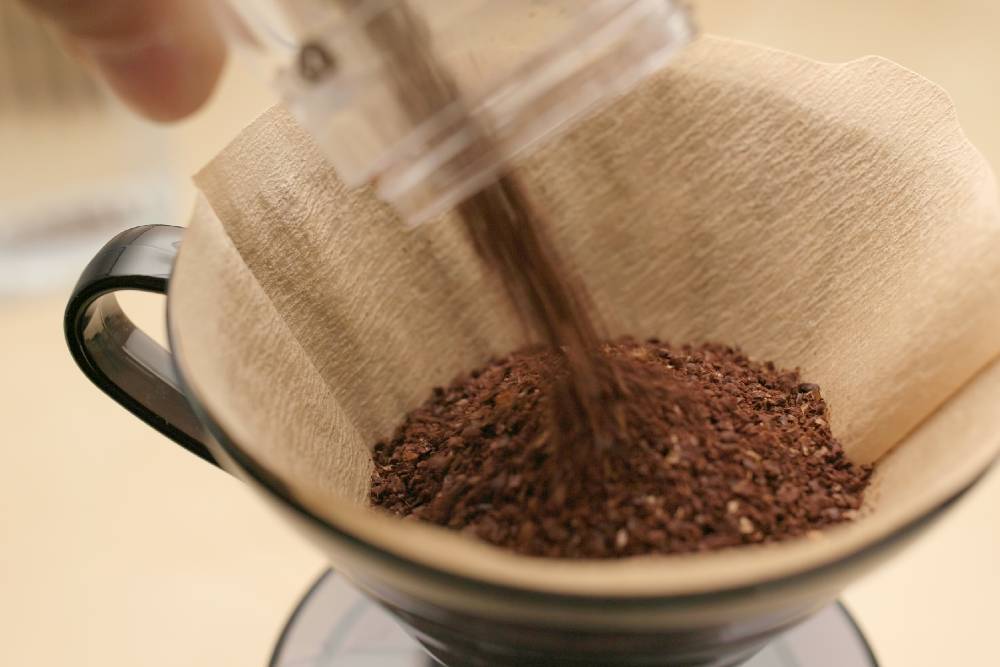
Which is more environmentally friendly Brown or White Filters?
I talked about this in my article on composting coffee filters but fortunately, both brown and white filters can be put in the compost, even ones made with a chlorine bleaching process.
But, this assumes you have some sort of access to your compost or some sort of community compost. If you’re in an apartment the paper filters are going straight in the trash, right?
I don’t blame you, it’s what I would do.
But, it’s not the most eco friendly, especially if you’re using multiple filters a day, so if you’re wanting to do things better then you’re going to want to look into a permanent filter, some sort of reusable filter that will last for at least months if not years. That way no waste and you might even save some money because you can buy it once and forget about it.
Should You Wet a Paper Coffee Filter?
I touched on this earlier but I wanted to go into it a little more. If you’re using a brown paper filter then you’ll likely want to rinse it beforehand because it will leave a papery taste in the coffee. If you don’t notice a difference then great! No need to rinse for you.
And if you’re putting a paper filter into a drip coffee machine then you’re not going to need to wet it, it’ll work just fine with a dry filter. Of course, go ahead and try it with both to see if you can notice the difference.
But if you’re making pour-over coffee using a Chemex or maybe a V60, a Melitta something like that then you are going to want to wet the filter. If you’ve got the skill to use one of these then you can also taste the difference if there’s a papery taste, so you will want to rinse the brown filter but also wet the filter to properly use the device.
There are so many pour-over devices I’ll have to be a bit general but yes you want to wet them so you create a proper seal between the filter and the edge of the device.
Just trust me, this is a really easy way to improve your cup of coffee. And once you notice the paper taste of your coffee from a filter there’s no going back so you’ll start rinsing your filters every time.
Brewing Process & Coffee Filters
On your journey to becoming a home barista, you’re soon going to learn there are a lot of different types of coffee filters. Beyond just white and brown there seem to be endless types and differences depending on what brewing method you’re using and what you want your coffee to taste like.
It’s why I wrote one article organizing and reviewing the best coffee filters and the other purely to explain all the different types. Everything from Hario v60 filters, to Bunn filters, and then stainless steel filters
So if you’re feeling a bit confused don’t worry, everyone is at first. Just take it slowly and know that you can use white or brown filters in all machines and devices. It’s all brewing coffee so it’s just beans in hot water separated by a filter.
The only exception is the Aeropress, it just uses white paper filters but they’re oxygen bleached so completely fine. And they’re smaller so have less of an environmental impact.
Conclusion
So which is better? Again, neither is necessarily better, but they’re not too expensive so why not buy a box of each one and try them out yourself, have some fun doing some little coffee experiments.
Just remember that the most important factor to remember is that you want to make sure that your white filters are made without chlorine but with an oxygen process and that your brown filters are indeed a natural filter and aren’t just white filters that have been dyed brown.
Or if you want to skip all of this then you can go for a coffee machine with a reusable filter.
Related Reading
8 Ways To Make Coffee Without A Filter (2021 Edition)
5 Best Organic & Ethical Coffees You Can Buy Online


